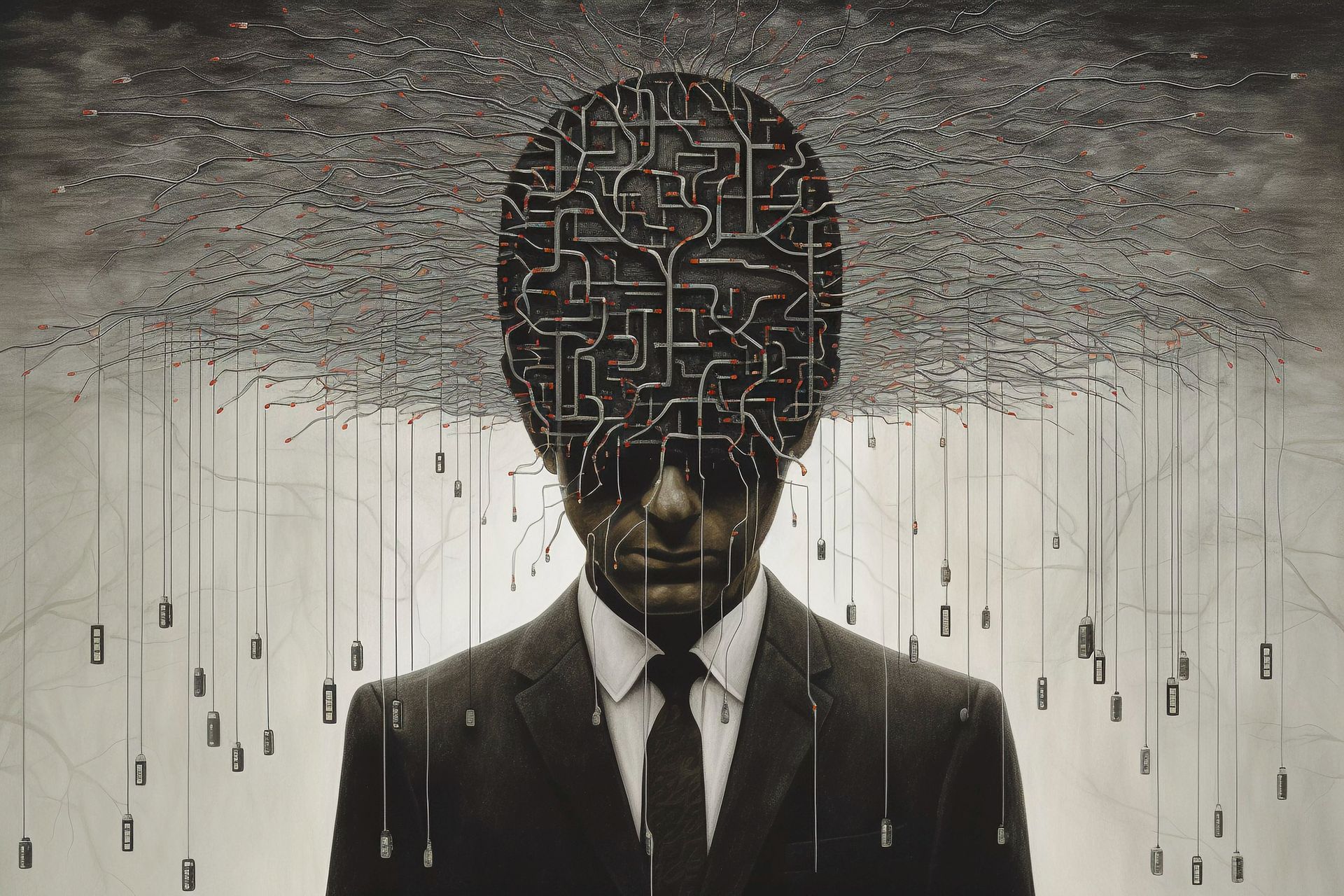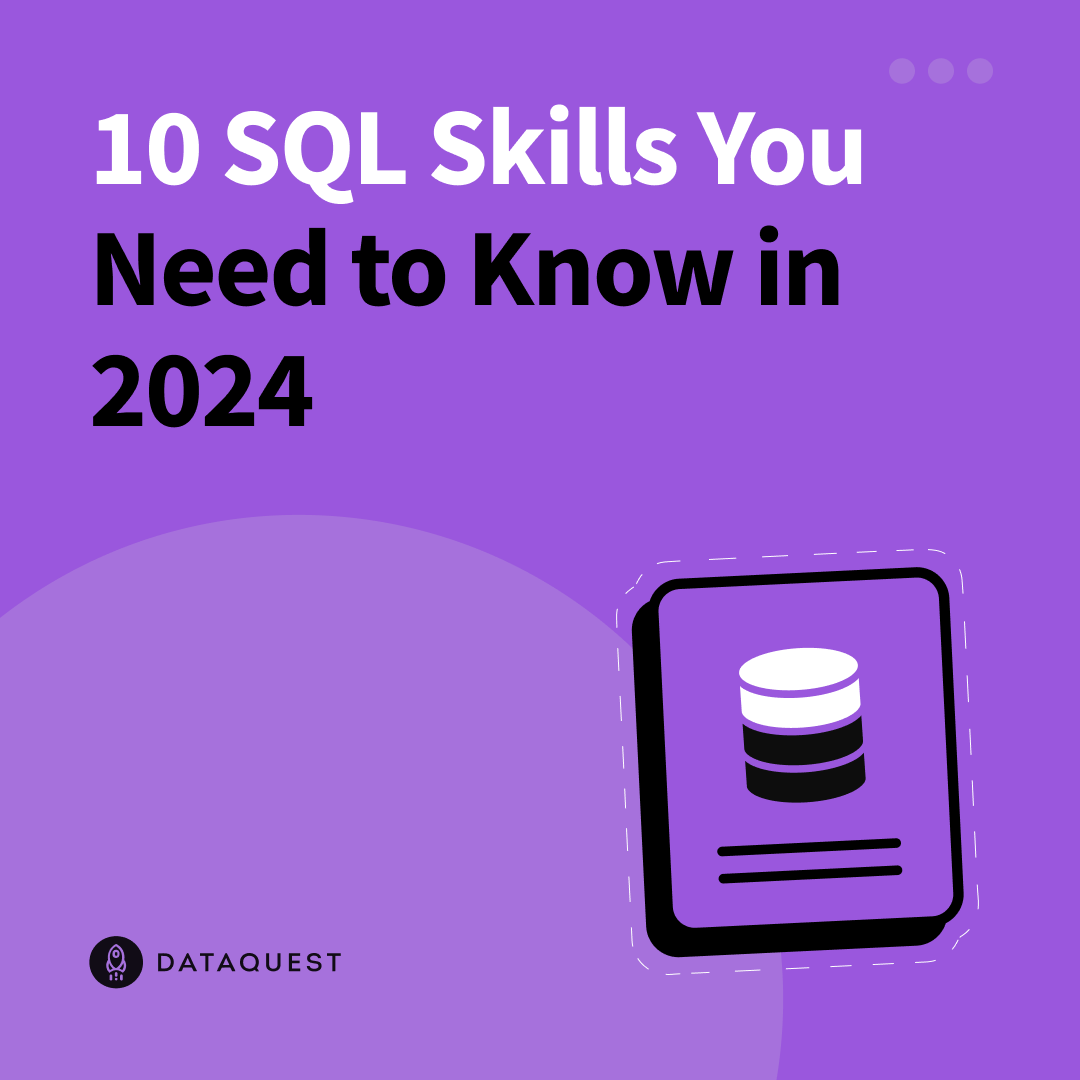Deepfake detection is a multifaceted challenge requiring advanced technology and human judgment. Deepfakes pose a real threat, impacting individuals, businesses, and entire societies. We need to cultivate critical thinking skills and foster responsible use of technology. Companies must champion robust deepfake detection solutions to protect themselves and consumers.
In our increasingly digitized lives, where visuals hold extraordinary power, a new threat emerges and we need a solution quick – deepfake detection.
These AI-generated synthetic media convincingly mimic real people, making it harder to separate fact from fiction. Louise Bruder, a super-recognizer with the incredible ability to remember faces, works for the UK digital ID firm Yoti, where she helps verify the authenticity of identity documents. However, even her sharp skills face a new challenge as Yoti actively develops technology to combat the growing threat of deepfakes.
How deepfakes deceive?
Deepfakes rely on sophisticated machine learning algorithms. These algorithms are trained on massive datasets of images or videos of a target person. The AI learns to reproduce the target’s mannerisms, voice, and likeness with unsettling accuracy. This allows creators to manipulate footage, putting words in people’s mouths or making them appear in situations they never were.
The consequences are far-reaching. Deepfakes can tarnish reputations, spread misinformation, and undermine trust in institutions. Imagine the chaos if a deepfake of a world leader declaring war went viral.
The deepfake detection race
The fight against deepfakes is escalating. Researchers and tech companies are developing advanced tools to expose these digital disguises. Key strategies include:
Inconsistency hunting: Deepfake detection software analyzes videos frame-by-frame, searching for anomalies like unnatural blinking patterns, mismatched lip-syncing, or glitches in facial features.
Digital fingerprint analysis: Images and videos carry hidden metadata, serving as a digital footprint. Deepfake detectors can analyze this data for signs of AI manipulation.
Source tracking: Knowing a media file’s origin can provide valuable clues. Detectors are being integrated into online platforms to flag potentially manipulated media and trace its source.
Just as detection techniques advance, so too do the methods of the deepfake creators.
Ben Colman, head of Reality Defender (a firm specializing in deepfake detection solutions), believes that even talented super-recognizers like Louise will eventually struggle to discern real from fake. It’s a constant game of technological cat and mouse, necessitating increasingly sophisticated detection algorithms capable of analyzing subtle physiological signals.
The range of threats
Colman differentiates between highly sophisticated deepfakes potentially deployed for state-sponsored disinformation campaigns, and “cheapfakes,” where criminals use readily available AI software. Even lower-quality deepfakes can successfully dupe people, especially with images and audio. Voice-cloning is a growing concern, enabling criminals to impersonate someone’s voice to extract money or manipulate emotions.

Professor Siwei Lyu, a deepfake expert from the University of Buffalo, develops detection algorithms that search for subtle tells. He warns that video conferencing might be the next target for deepfake attacks, where criminals could impersonate real people in live video calls.
Deepfakes’ societal impact
The potential for deepfakes to cause widespread disruption is vast. From faked images of explosions to audio recordings of politicians making inflammatory statements, the potential for chaos is high. In one instance, a deepfake depicting a beloved deceased Icelandic comedian caused a nationwide stir and sparked discussions about AI regulation.
Fighting AI with AI
Cutting-edge deepfake detection tools often harness the power of AI themselves:
Intel’s FakeCatcher: This real-time detection tool achieves an impressive 96% accuracy rate. It analyzes subtle blood flow patterns in videos to distinguish real faces from fabricated ones.
Sentinel: A leading AI-based protection platform used by governments and enterprises to combat deepfakes. Sentinel allows users to upload media for automated analysis.
Other promising tools: Developers continuously create and refine tools like Deepware AI (focused on evolving online trends) and Sensity AI (trained on the latest deepfake creation frameworks).

The limits of AI and the need for human discernment
While AI-powered detection tools are evolving, experts caution against complete reliance on technology. Christopher Doss from the Rand Corporation warns of an arms race between detection and evasion, highlighting the need for critical thinking and source verification skills.
While companies like Yoti understand the value of combining human discernment with technological defenses to maintain trust in an age of deepfakes, we need to accept that this is a united goal and act together.
Featured image credit: Freepik






















